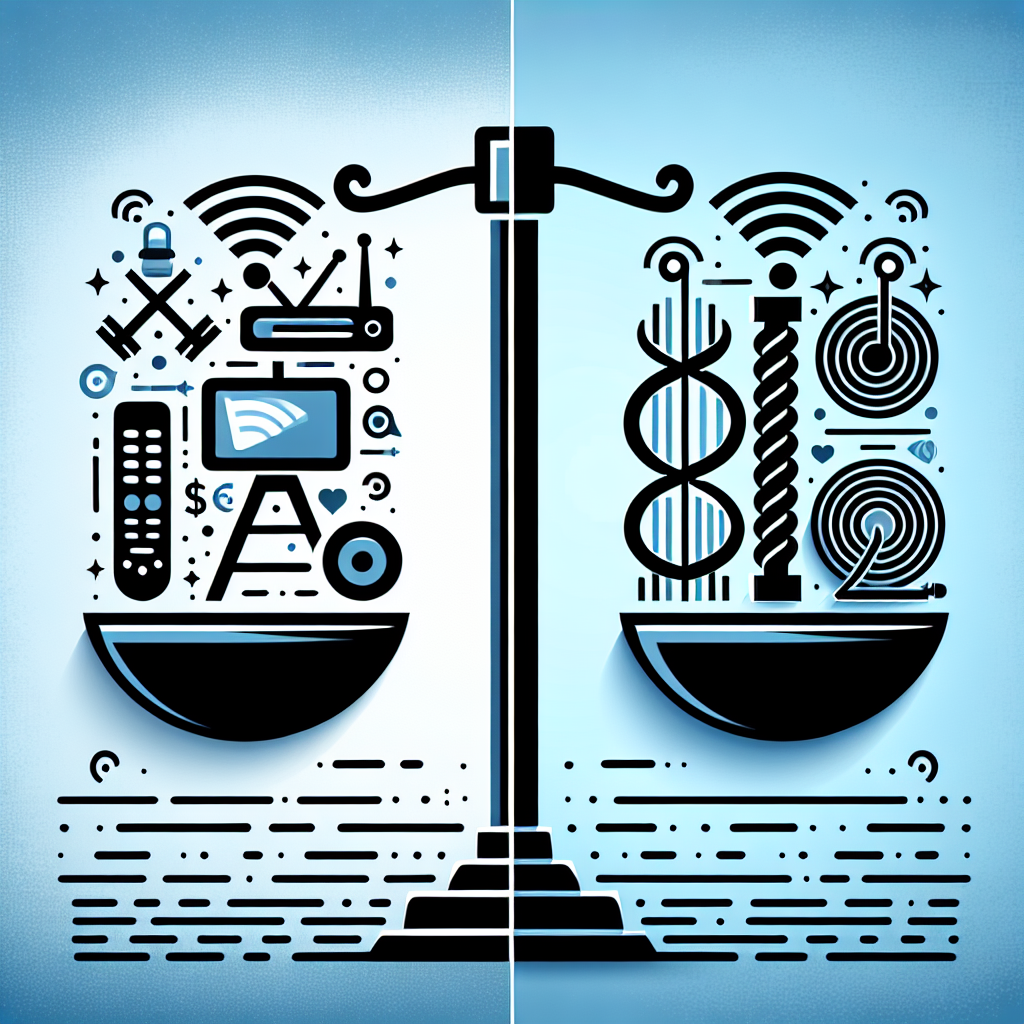In recent years, the way we consume television content has drastically changed with the rise of Internet Protocol Television (IPTV) services. IPTV allows users to stream television content over the internet, rather than through traditional cable or satellite providers. But how does IPTV stack up against traditional cable? Let’s take a look at the pros and cons of each.
Pros of IPTV:
1. Cost-effective: IPTV services are often more affordable than traditional cable packages. With IPTV, you can choose from a variety of subscription plans that cater to your specific needs and budget.
2. Flexibility: IPTV offers users the flexibility to watch their favorite shows and movies on any device, whether it’s a smart TV, computer, tablet, or smartphone. This means you can watch your content wherever you are, as long as you have an internet connection.
3. On-demand content: IPTV services typically offer a wide range of on-demand content, allowing users to watch their favorite shows and movies whenever they want. This is a major advantage over traditional cable, which often requires users to adhere to a set schedule.
Cons of IPTV:
1. Internet connection: One of the biggest downsides of IPTV is the reliance on a stable internet connection. If your internet connection is slow or unreliable, you may experience buffering issues or poor video quality.
2. Limited channel selection: While IPTV services offer a wide range of on-demand content, they may have a more limited selection of live channels compared to traditional cable providers. This can be a drawback for users who enjoy watching live sports or news programs.
3. Legal concerns: Some IPTV services may offer pirated content, which can raise legal concerns for users. It’s important to choose a reputable IPTV provider that offers licensed content to avoid any legal issues.
Pros of Traditional Cable:
1. Reliable service: Traditional cable providers have been in the business for decades and offer a reliable service with minimal downtime. This can be a major advantage for users who value consistency in their television viewing experience.
2. Wide channel selection: Traditional cable providers offer a wide selection of live channels, including sports, news, and premium channels. This can be appealing to users who want access to a diverse range of content.
3. No internet required: With traditional cable, you don’t need an internet connection to watch television. This can be beneficial for users in rural areas or locations with limited internet access.
Cons of Traditional Cable:
1. Cost: Traditional cable packages can be expensive, with many users paying for channels they don’t watch. This can lead to frustration and dissatisfaction with the service.
2. Limited flexibility: Traditional cable providers often require users to watch content on a specific schedule, which can be inconvenient for those with busy lifestyles.
3. Lack of on-demand content: Traditional cable providers may not offer as much on-demand content as IPTV services, limiting the viewing options for users.
In conclusion, both IPTV and traditional cable have their own pros and cons. Ultimately, the choice between the two will depend on your specific needs and preferences. If you value cost-effectiveness, flexibility, and on-demand content, IPTV may be the right choice for you. However, if you prefer a reliable service with a wide selection of live channels, traditional cable may be the better option. Consider your viewing habits and priorities when making your decision.


Leave a Reply